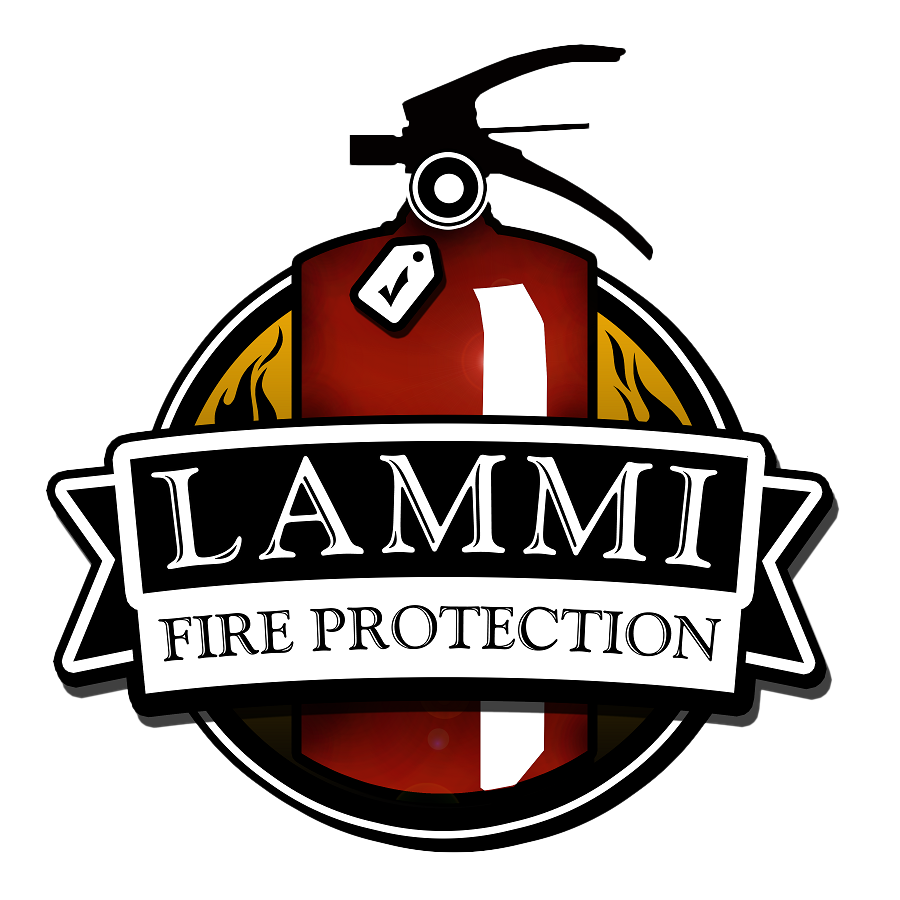What Is Hazardous Area Classification?
The class and the size of fire likely to occur in a particular area are key factors in determining the appropriate type and size of extinguisher to be used. Together, the class and size of a potential fire define the hazard for which your extinguisher installations must be designed.
Hazard Classification
The National Fire Protection Association Standard for Portable Fire Extinguishers has defined three hazard classifications: Light (Low) Hazard, Ordinary (Moderate) Hazard, and Extra (High) Hazard.
-
Light (Low) hazard occupancies shall be classified as locations where the quantity and combustibility of Class A combustibles and Class B flammables are low and fires with relatively low rates of heat release are expected.
-
Ordinary (Moderate) hazard occupancies shall be classified as locations where the quantity and combustibility of Class A combustible materials and Class B flammables is moderate and fires with moderate rates of heat release are expected.
-
Extra (High) hazard occupancies shall be classified as locations where the quantity and combustibility of Class A combustible material is high or where high amounts of Class B flammables are present and rapidly developing fires with high rates of heat release are expected
It is important to properly determine the hazard level for all areas. You may be required to install multiple extinguishers or extinguishers with multiple ratings. Restaurants, for example, require multiple extinguishers due to multiple hazards. Low hazards in dining areas require a Class A extinguisher, and high hazards in the kitchen require a Class K extinguisher.
Special considerations have to be made with Class B fires. There are four typical types of flammable liquid fires:
Fire involving liquids at least 1/4" deep.
Spill fires in which the burning liquid is less than 1/4" deep.
Fires in which the burning liquid or gas is under pressure.
Three-dimensional fires, involve burning liquids that are in motion.
Deep liquid fires build up more heat than spill fires and are best extinguished with agents that smother the fire such as foam. Spill fires can be brought under control with carbon dioxide or dry chemical extinguishers. Gas under pressure can only be controlled with dry chemicals. Extinguishers used for fighting pressurized Class B fires must be outfitted with a special nozzle, which allows for the rapid release of more dry chemicals. These extinguishers are known as fast flow extinguishers.
